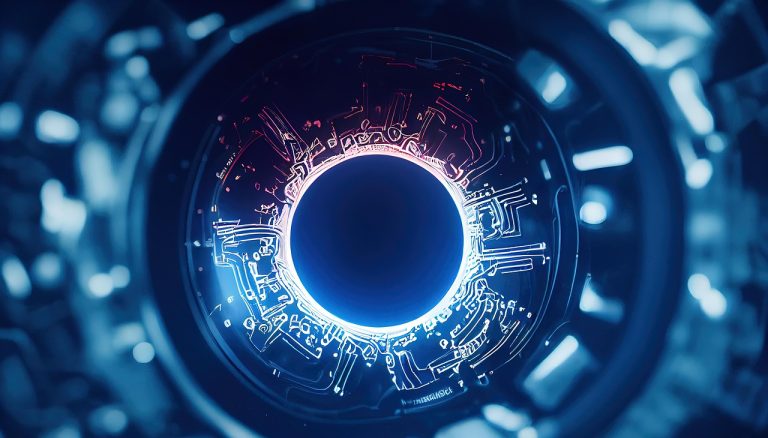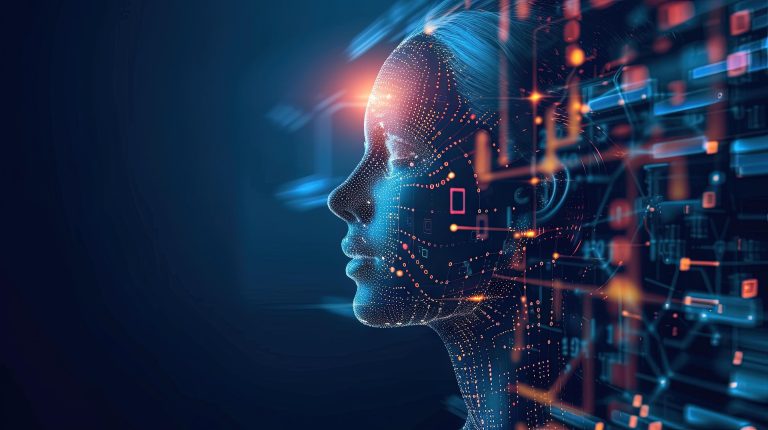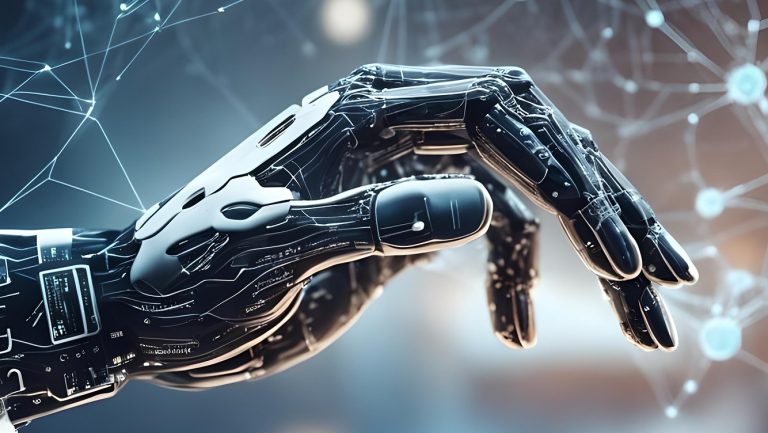You’ve probably heard of deep learning—a term often linked with cutting-edge technology like self-driving cars, facial recognition, and ChatGPT. But what exactly is it? And why is it such a big deal in the world of artificial intelligence?
Let’s dive in.
What Is Deep Learning?
Deep learning is a subset of machine learning that tries to mimic the human brain. It uses artificial neural networks, which are computer systems inspired by how biological neurons work in our brains.
In traditional machine learning, you often have to manually select features (like “edges” in an image) that help the algorithm learn. In deep learning, the system learns those features automatically, layer by layer.
Each “layer” in a neural network transforms the input data into something more abstract—allowing the system to understand complex things like language, images, and even emotions.
How Do Neural Networks Work?
Neural networks are made up of three main types of layers:
- Input Layer: Where data enters (e.g., pixels of an image).
- Hidden Layers: Multiple layers where the magic happens—each one extracts more complex features.
- Output Layer: Produces the final prediction or classification (e.g., “This is a cat”).
As data moves through the network, the system adjusts its internal connections (called weights) using a process known as backpropagation. This helps the model improve its accuracy over time.
What Can Deep Learning Do?
Deep learning powers many of the most impressive technologies today:
- Image Recognition: Detecting faces, animals, or objects in photos.
- Voice Assistants: Understanding and responding to spoken commands.
- Natural Language Processing (NLP): Translating languages, summarizing texts, generating human-like responses.
- Autonomous Vehicles: Making real-time decisions based on visual and sensory data.
Strengths and Limitations
Strengths:
- Can learn from unstructured data like images, sound, and text.
- Excels at finding patterns in large datasets.
- Reduces need for manual feature selection.
Limitations:
- Requires a lot of labeled data.
- Needs high computing power (often GPUs).
- Difficult to interpret—neural networks are often described as “black boxes.”
Why Does Deep Learning Matter?
Deep learning has redefined what AI can do. Unlike older systems that struggled with nuance, deep learning models can detect sarcasm in a tweet, identify diseases in X-rays, or even compose original music. But as these systems get smarter, we must ask:
Can we build deep learning models that are not only intelligent—but also explainable, ethical, and human-centered?



